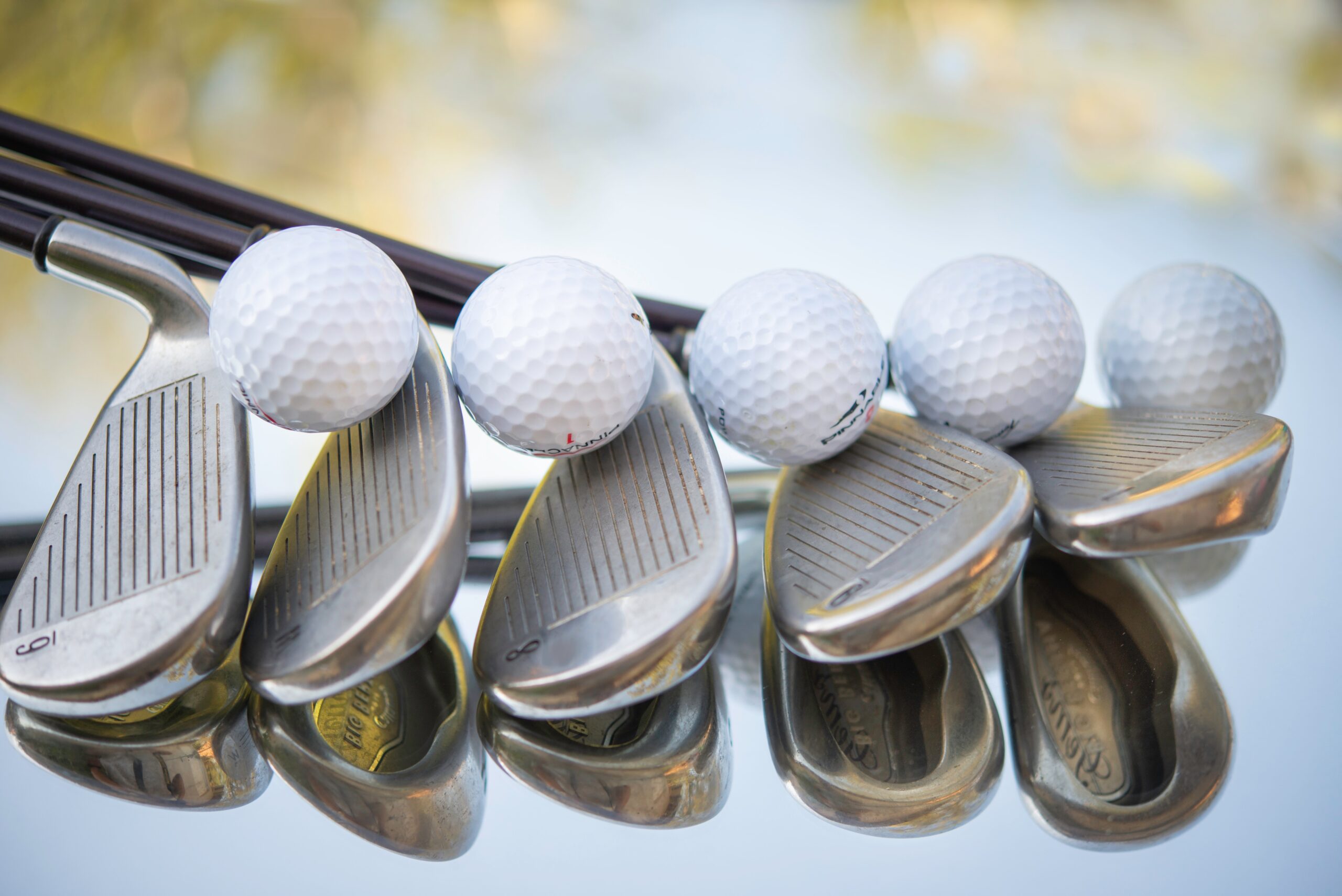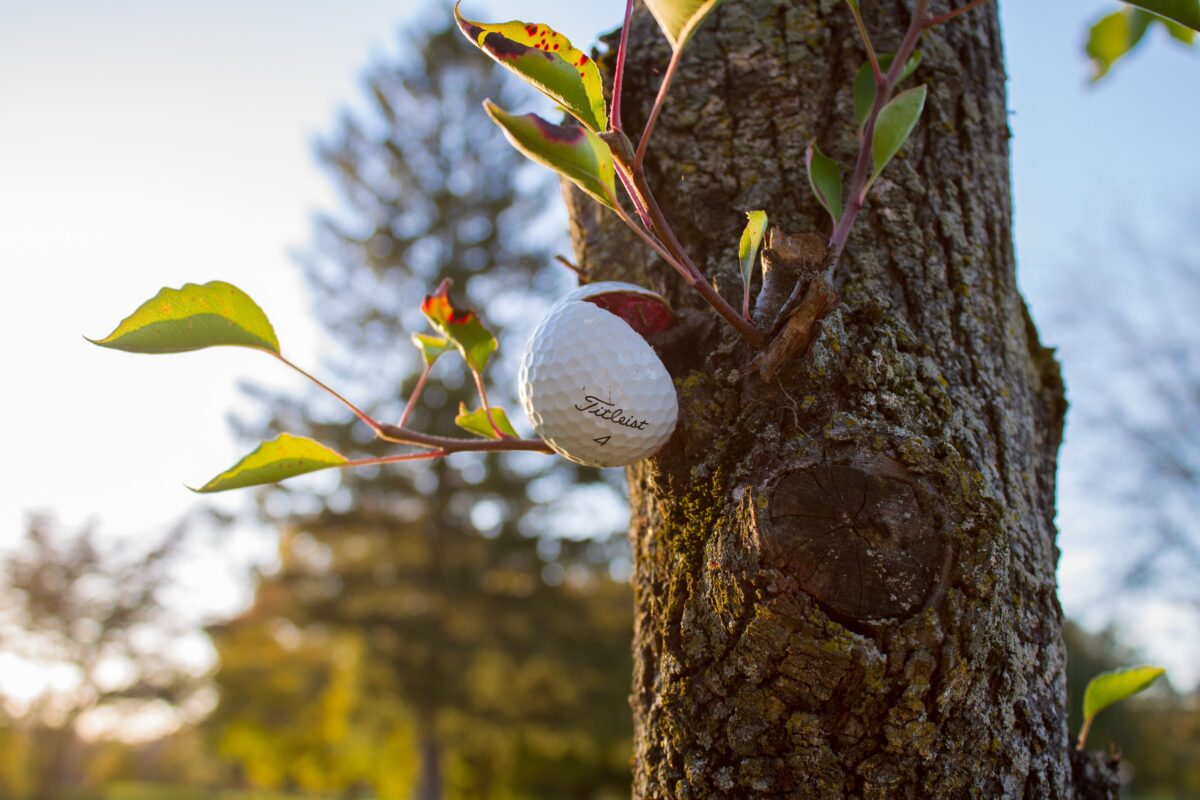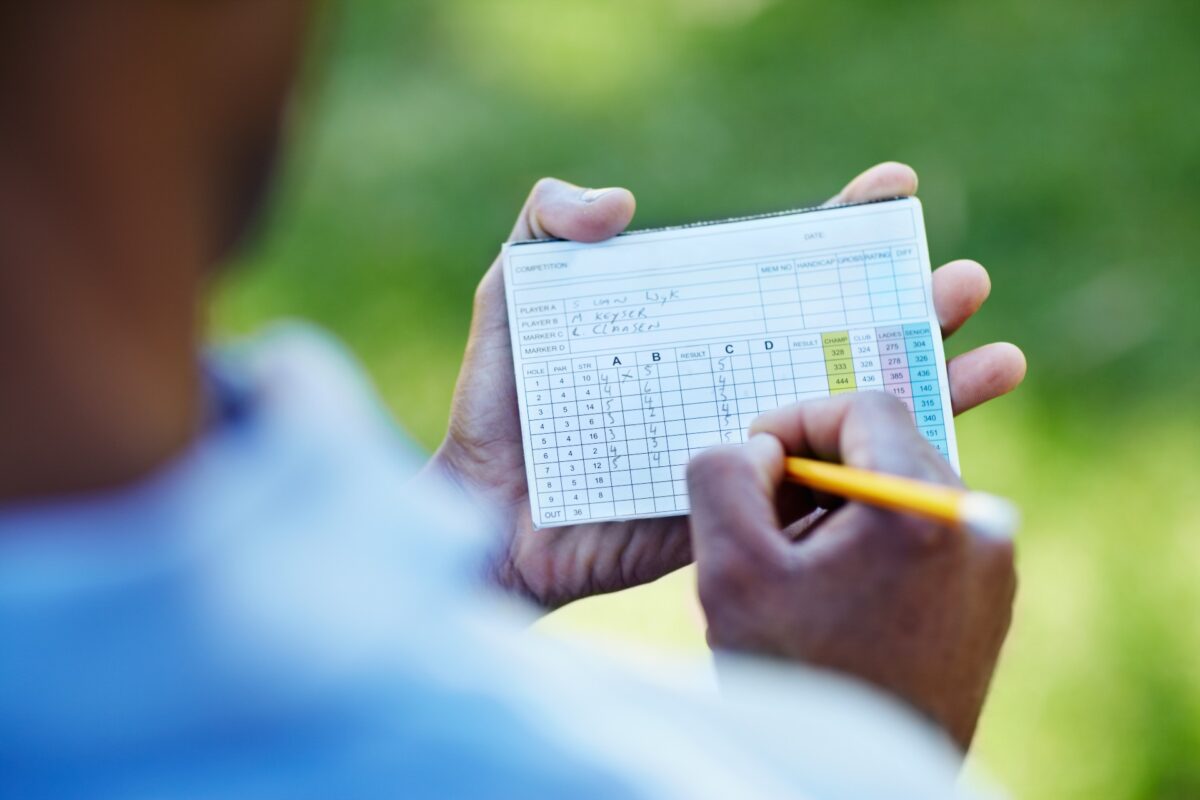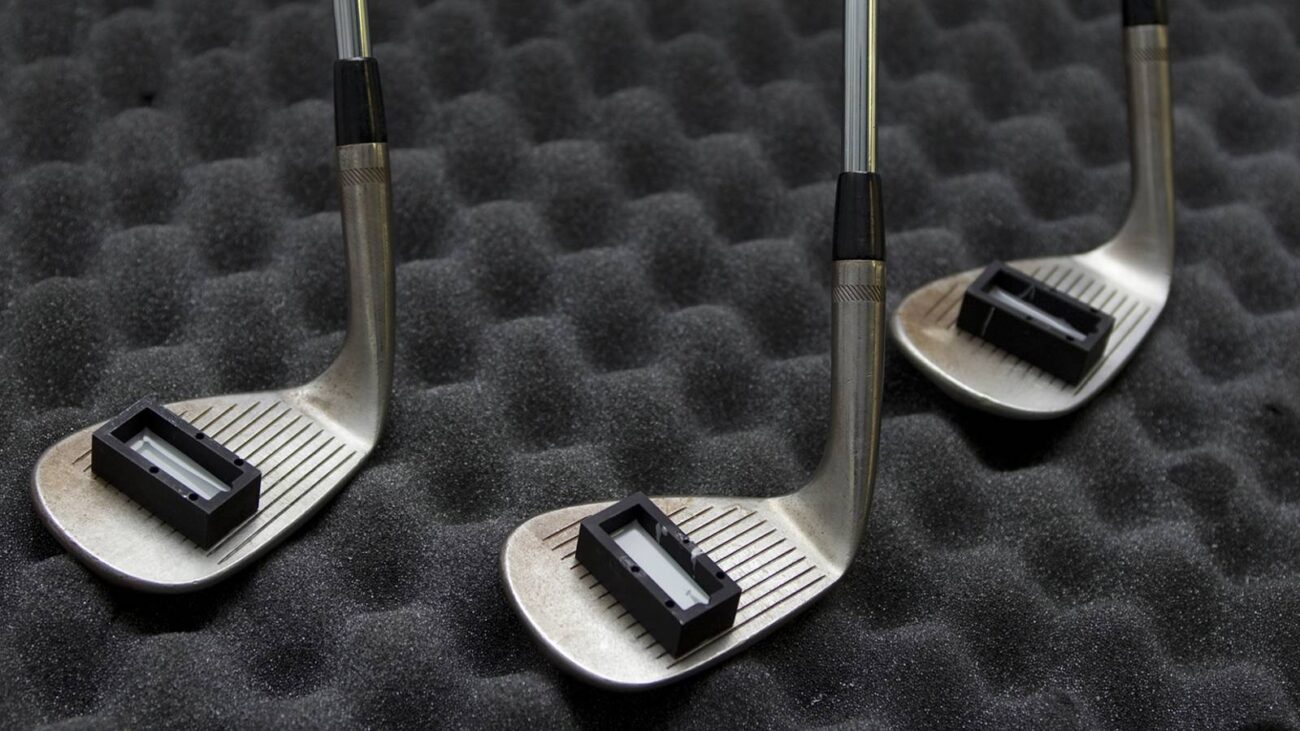Latest Developments Regarding Groove

When the USGA and The R&A introduced modifications to groove and punch-mark specifications as part of the 2010 Equipment Rules, a transition period was established to allow golfers, manufacturers, and the golfing community sufficient time to adapt.
While the revised Rules mandated that all new club models (excluding drivers and putters) produced on or after January 1, 2010, must adhere to the updated specifications, the implementation also included the introduction of a Model Local Rule. This provision enables organizers of competitions to apply the new specifications and allows golfers not participating in events with the Local Rule to continue using clubs that conform to the 2009 Rules until at least 2024.
Although ongoing evaluations are being conducted to determine whether these updated Rules will be universally applicable, their current effectiveness is contingent upon the utilization of the Model Local Rule (G-2). Any decision to enforce the specifications from January 1, 2010, across all golfers, potentially affecting the conformance of numerous clubs available and conforming in 2009, will not take effect until a minimum of four years from the date of that decision. Consequently, the earliest possible implementation of such a change would be in January 2028.
The Informational Club Database remains a valuable resource for golfers to verify whether their irons, wedges, hybrids, and fairway woods comply with the Model Local Rule. Clubs listed in this database have been submitted for evaluation to the USGA and/or The R&A to ensure they meet the criteria of the updated Groove Rules.
For more information follow this link: Informational Club Database
Below, you will find GSDA's responses to the key questions regarding the Groove rule.
Implementation of 2010 Groove Rules for Expert Amateur Players
In establishing the revised technical specifications for golf club grooves, the USGA was fulfilling one of our key responsibilities – to protect the fundamental challenge of the game and ensure that skill, not an overreliance on technology, is the prime determinant of success in the game.
The research conducted jointly by the USGA and The R&A in 2007-08 showed then that the rough had become less of a challenge for expert players, and that driving accuracy was less of a key factor for success.
The technical specifications were designed to restore the challenge of playing shots to the green from the rough by limiting the performance on those shots, therefore making sure that driving accuracy remained a factor of success in the game for expert players.
Since January 1, 2010, the groove rules effective from January 1, 2010 have been adopted as a Condition of Competition (now Model Local Rule G-2) for the U.S. Open, U.S. Women’s Open and U.S. Senior Open, as well as all qualifying stages for these three championships. Since January 1, 2014 the Condition of Competition (now Model Local Rule G-2) became effective at all USGA championships.
The rules apply to more than just wedges. In addition to the rules that existed prior to 2010, the revised rules apply to all new models of clubs manufactured on or after January 1, 2010, except drivers and putters.
Additionally, the specifications apply to all models of clubs, regardless of vintage, when Model Local Rule G-2 has been adopted. Among other things, the rules reduce the maximum volume of the grooves on irons, wedges, hybrids and fairway woods.
The rules also place a limitation on the sharpness of groove edges on irons, wedges, hybrids and fairway woods with lofts of 25 degrees or higher.
Golf clubs manufactured on or after January 1, 2010 are required to conform to the groove rules effective from January 1, 2010.
While it is expected that such clubs meet the groove rules, it is the player’s responsibility, prior to play, to ensure that his or her clubs conform with the Equipment Rules.
If the player fails to verify conformance, he or she risks getting a penalty under Rule 4.1a(1) if a club is found to be nonconforming.
A player in doubt as to whether his clubs conform to the condition may visit the Informational Club Database.
The database currently lists models of clubs that have been tested for conformance to the Equipment Rules and indicates their conformance status. The list is available at the following link:
For models of clubs not found on the list, the player should contact USGA Equipment Standards for further information at (908) 234-2300 or refer to the following link:
Players are strongly encouraged to resolve any questions about club conformance prior to arriving on-site for any qualifying event.
As is the case with any question on the Rules of Golf or equipment, any player who is concerned about the conformity of grooves should contact the USGA official in charge of the qualifying event as soon as possible.
The first step will be to determine the make and model of the club in question and find out whether the club has been included in the USGA Informational Club Database.
If the club is listed in the database as meeting the 2010 groove rules or the player can provide proof of conformance to the 2010 Rules of Golf (e.g., a copy of a USGA or R&A decision letter, or a certificate provided by the USGA that the player’s specific club(s) have been tested and meet the 2010 Rules of Golf), the club has not been altered, and there are no other extenuating circumstances or other evidence of nonconformance, the club will be presumed to conform. If the club is not listed in the database as meeting the 2010 groove rules and has not been deemed conforming by the USGA or
The R&A, and a determination cannot be made immediately, the player may choose to play with the club but risks disqualification if a determination is subsequently made that the club does not conform. Field testing will not be performed at local (first stage) or sectional (final stage) qualifying sites.
If another player calls into question the conformity of the grooves on a player’s club(s), as with any question that arises during the competition, the USGA Rules Committee will take all pertinent facts into consideration in evaluating the situation, and the above procedure will apply if necessary.
The decision of the USGA Rules Committee will be final.
The status of these clubs is noted in Model Local Rule G-2 of the Offical Guide to the Rules of Golf. Players may also reference the Informational Club Database on www.usga.org.
The exception listed in Model Local Rule G-2 does not apply to the U.S. Open, U.S. Women’s Open, U.S. Senior Open, and U.S. Senior Women's Open as well as their respective qualifying stages.
Players are strongly encouraged to resolve any questions about club conformance prior to arriving on-site for any championship.
Once on-site, a player who is concerned about the conformity of grooves should alert a member of the USGA’s Rules Committee as soon as possible, as is the case with any question on the Rules of Golf or equipment.
The first step will be to determine the make and model of the club in question and whether the club has been included in the USGA Informational Club Database.
If the club is listed in the database as meeting the 2010 Groove Rules, has not been altered, and there are no other extenuating circumstances or other evidence of nonconformance, the club will be presumed to conform.
If a club does not appear in the database or if the club has been altered, officials on-site will have the ability to conduct a field test to determine conformance.
The field test that the USGA has developed will take less than 10 minutes for a club and no more than 30 minutes for a set of clubs.
If another player calls into question the conformity of the grooves on a player’s club(s), as with any question that arises during the competition, the USGA Rules Committee will take all pertinent facts into consideration in evaluating the situation, and the above procedure will apply if necessary.
The decision of the USGA Rules Committee will be final.
Each competition committee sets its own Local Rules. Players competing in local, state and regional amateur competitions should review the Local Rules that in effect and/or contact the specific committee to determine whether Model Local Rule G-2 will be in effect for any of its competitions (i.e., local, state and regional organizations).
Clubs available prior to January 1, 2010, which conformed to the Rules of Golf in effect in 2009, but not the Rules of Golf effective from January 1, 2010, may continue to be used when playing under the Rules of Golf, except where a Committee has introduced a Local Rule requiring that the grooves and punch marks must conform to the Rules of Golf effective from January 1, 2010.
We continue to keep this matter under review and, in the future, will make a final decision as to whether the groove and punch mark Rules effective from January 1, 2010 will apply to all golfers, including those playing at the non-elite level, at which point certain brands and models could be considered non-conforming.
However, it is important to note that if we determine that the 2010 groove and punch mark rules will apply to all golfers, any such change would not become effective until at least four years from the date of that decision.
About Marina
I'm an engineer and startupper, passionate about the environment and animals. My life is divided between golf and innovation View all posts by Marina

















